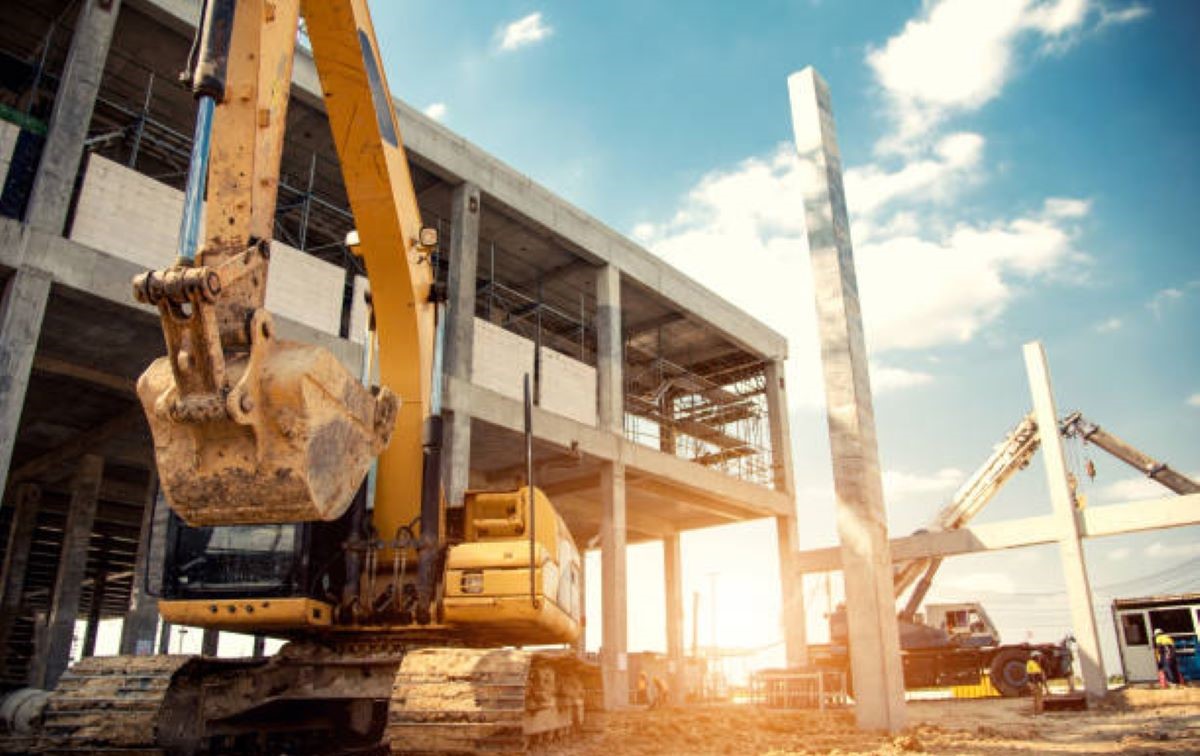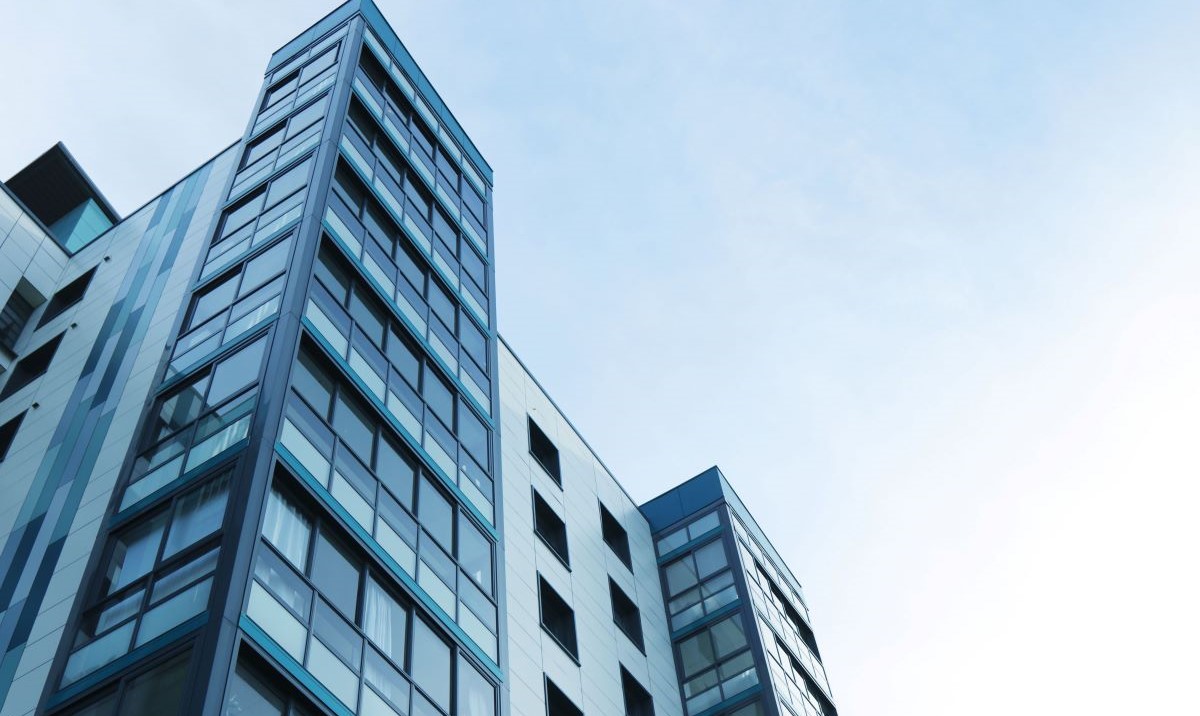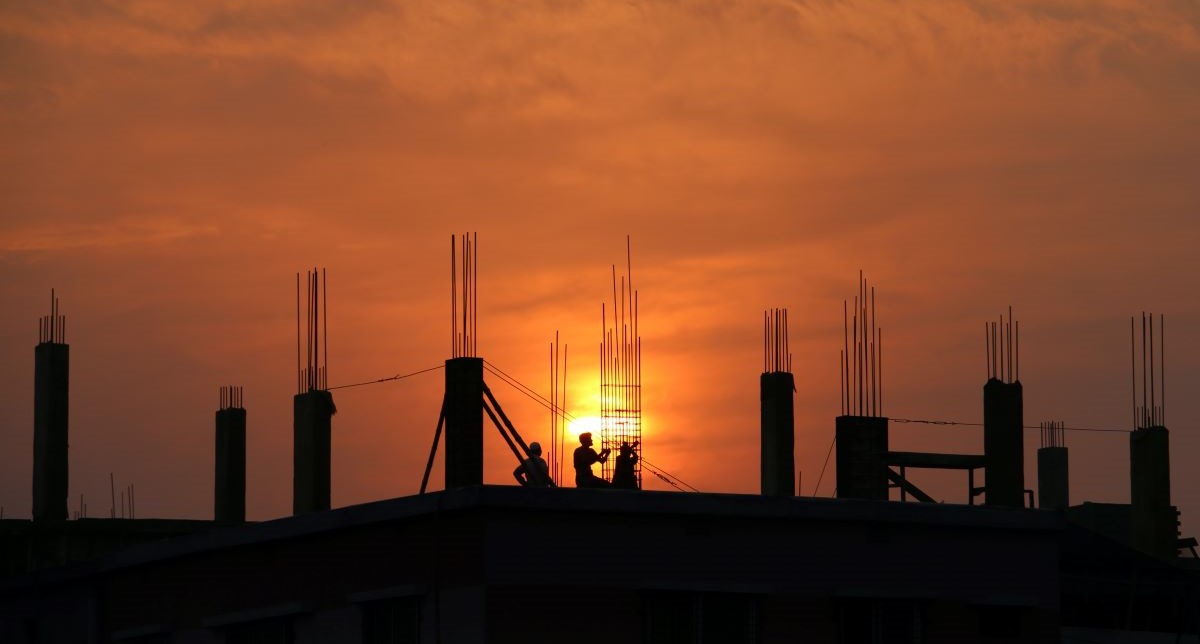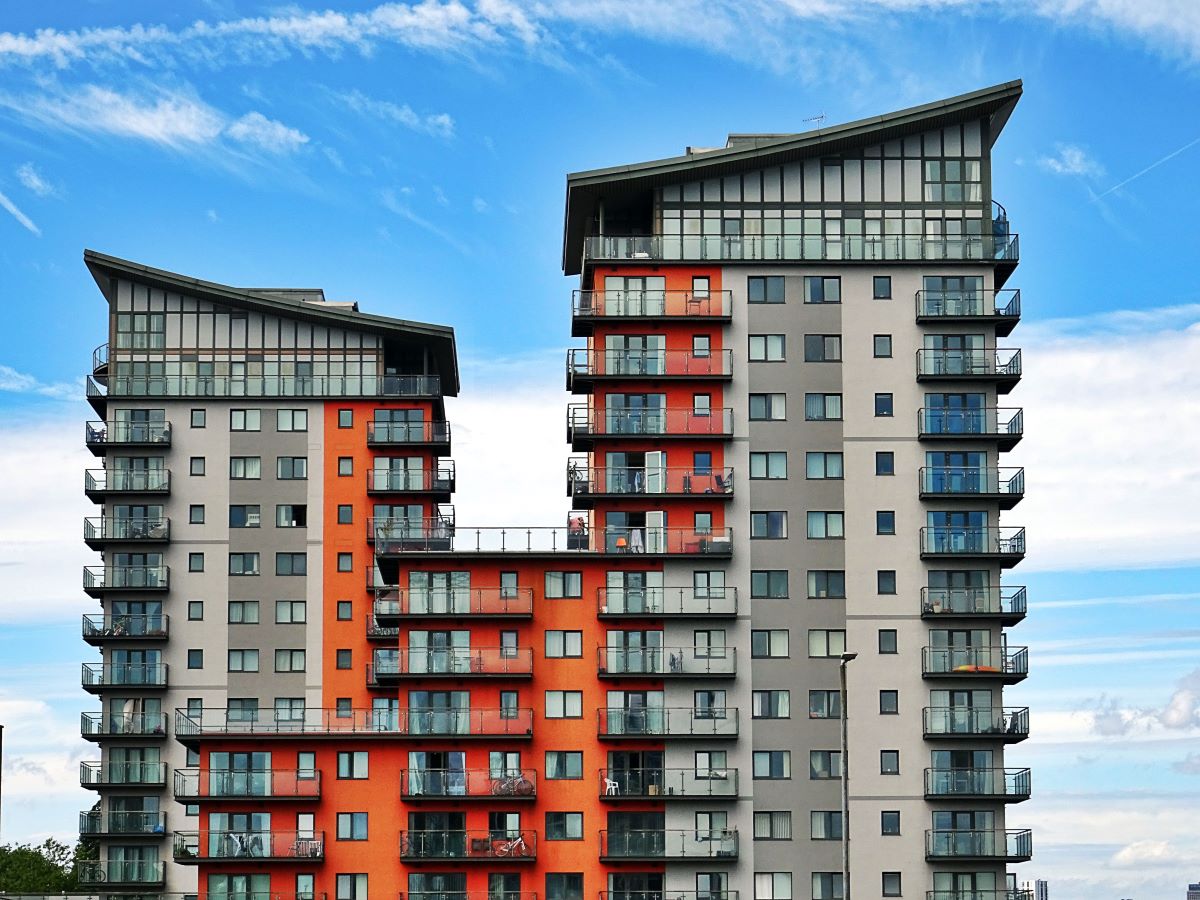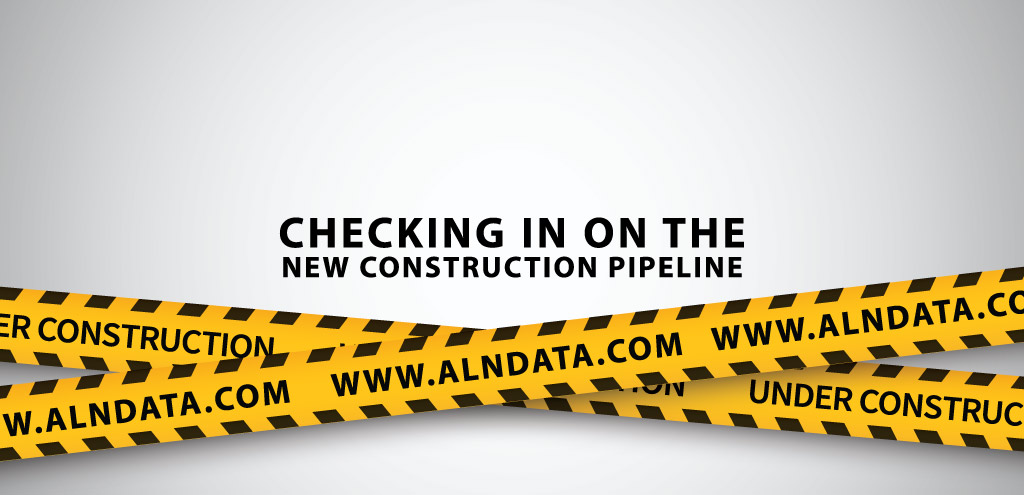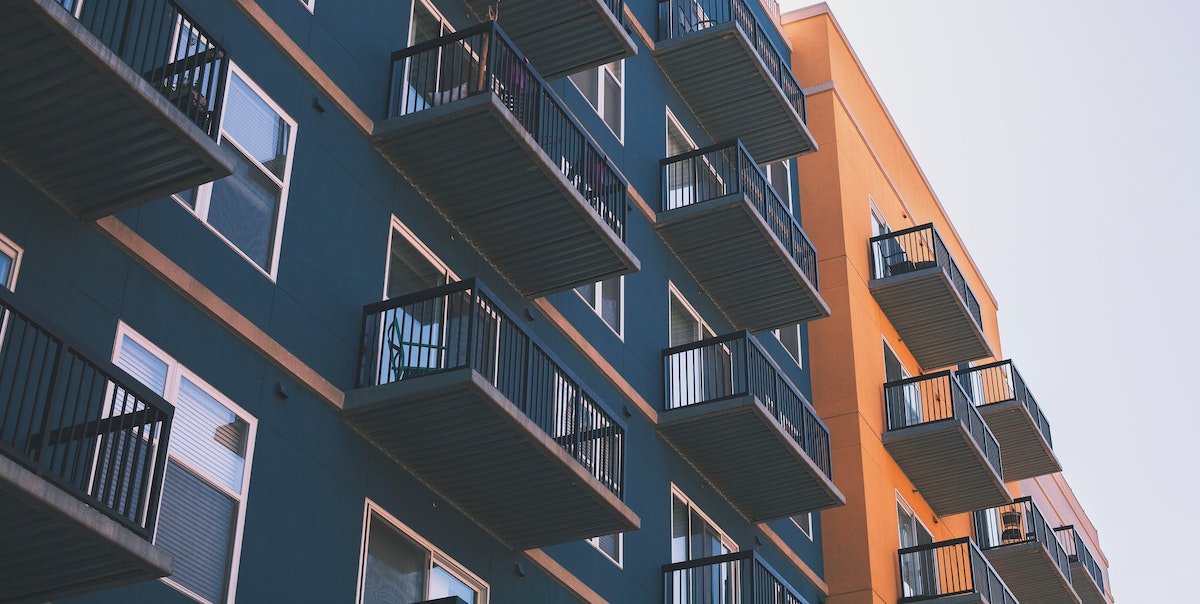In a blog post last week markets with notable population change from 2017 through 2019 according to the US Census Bureau were mentioned. As a follow-up to that, in this post smaller markets that have stood out regarding population change over that same period of time will be the focus. This time, rather than total population change, population percent change will be used. Because each ALN market contains only complete metropolitan statistical areas (MSAs), MSAs will be combined where appropriate to represent whole ALN markets. No market had a higher total population percent change increase from 2017 through 2019 than Fayetteville, NC.
One of the major determining factors for multifamily performance is population and household change. 2020 appears to have brought about some dramatic shifts in population movement according to some early analyses such as one using LinkedIn data. Whether it was apartment demand results in suburban areas versus urban core, or the difference in demand between certain markets, signs of these shifts appear in the multifamily data.
While apartment demand was dismal through the first half of last year, absorption rebounded in the third and fourth quarters. Over the last few months many markets, in particular those across California and Florida, managed to significantly surpass their demand performance from the same period a year ago. The resurgence in national absorption has been timely as new projects continue to be added to the new construction pipeline at a rapid pace. All told, ALN is tracking more than 2.5 million pipeline units, though more than half of that total have yet to break ground.
2020 represented a dramatic shift from the type of multifamily performance industry participants had grown accustomed to in recent years. One theme was the particular difficulty experienced by the largest markets. Another was something of a flight to affordability made evident, in part, by the divergence in performance between the price classes.
The COVID-19 pandemic and associated response measures made 2020 an unprecedented year in many ways. The resulting disruption to the economy and every aspect of life dramatically altered the status quo the multifamily industry had grown accustomed to during an unusually long business cycle. Entire books could, and likely will, be written on the topic. For this month’s newsletter, we’ll take a fairly broad view in an attempt to elucidate some general observations from the past year.
In what has been a year of upheaval, one area of normalcy for the multifamily industry has been the flow of new units into the market. After some initial delays in the early days of the pandemic, the new construction pipeline ramped back up to deliver about as many units as were delivered in both 2018 and 2019.
The holiday season is here and, thankfully, 2020 is almost in the rear view mirror. This year has certainly been one of disruption, but one area of relative normalcy was new construction. This was true whether referring to the level of new supply or to the unit mix of product entering the market. The latter will be the focus of this month’s newsletter.
Through the roller coaster year that has been 2020, one area of normalcy for the multifamily industry has been the extent of new construction activity. Though there were some delays earlier in the year, deliveries are on pace to be nearly to the level seen in 2018 and in 2019.
It has been a few months since we’ve checked in on the new construction pipeline. In August’s newsletter the focus was on the larger markets around the country for the most part. In this space today, we take a closer look at the new construction activity in some of the smaller markets.
Class A properties have been especially impacted in a year in which apartment demand cratered thanks to a global pandemic during what is normally a strong portion of the year for the multifamily industry. This was in part due to the influx of new units from the new construction pipeline and in part from a move toward affordability on the part of residents this year.
The holiday season approaches, and another quarter is in the books. The second quarter was a rough one for multifamily, as with the broader economy, but some positive signs emerged in the last few months. This month we take a closer look at Q3 performance and, as always, numbers will refer to conventional properties of at least 50 units.
One of the trends that has emerged in 2020 is a flight to affordability, with expensive markets and properties being especially adversely affected in many cases. Today we take a closer look at third quarter performance for the five most expensive US markets based on average effective rent per unit. Those markets are San Francisco – Oakland, New York City, Boston, Los Angeles – Orange County and San Diego.
Through what has been an unusual year, to say the least, the multifamily industry has in many ways been on the front lines of the disruption to lives and livelihoods. This impact has been borne out across multiple metrics, but nowhere so clearly as in multifamily demand. Through the first eight months of 2020 apartment demand fell by 42% compared to the same period last year – even as new deliveries were almost on par with last year’s volume.
Due to a confluence of factors such as increased construction deliveries, reduced tourism and business travel, very high average rents, and a workforce more mobile than that in many areas of the country the Bay Area market in California has been especially negatively impacted from a multifamily perspective so far this year. For that reason, in this space today we’ll be taking a closer look at recent performance for the area across a variety of metrics.
One aspect of the new environment for multifamily that has become apparent over the last few months is that new supply is likely to act as a headwind for market performance as we move through 2020 and into early 2021. Apartment demand through July was half that of the same period last year, and 50,000 less units were absorbed than added in the first seven months of the year.
While multifamily performance in 2020 has not been what the industry had grown accustomed to in the latter half of the last decade, it is not as though occupancy and rent gains have entirely disappeared across the country. With that in mind, let’s look at some markets that have led the way in either average occupancy growth or average effective rent growth since the start of the second quarter – with one caveat.
2020 has been a bumpy ride for the multifamily industry, especially the second quarter. Although the impact of COVID-19 and the new economic environment has been felt across the board, there are some distinct differences in how that has played out on the ground. One angle from which some differences become apparent is from the perspective of price class.
he first half of 2020 was, in many ways, unprecedented. The COVID-19 pandemic had a profound impact on the economy as a whole, and on multifamily specifically. We’ve covered various aspects of that impact elsewhere on the ALN blog. In this space today, let’s consider how Texas multifamily performed in the first half of the year from a few different perspectives.
With most of the country now in some stage of economic re-opening, the lockdown phase of the COVID-19 response is, at least for now, behind us. The road back to pre-pandemic normalcy is likely to be a rocky one and uncertainty abounds. Before looking ahead, let’s take a look at how stabilized properties performed in April and May while much of the country was under some form of shelter-in-place policy.
The biggest impact of uncertainty and upheaval of the last few months has been the drastic reduction in multifamily demand. Depending on the area or the product type, either average occupancy or average effective rent may have been adversely affected more than the other – but net absorption decline has been the rule everywhere.












